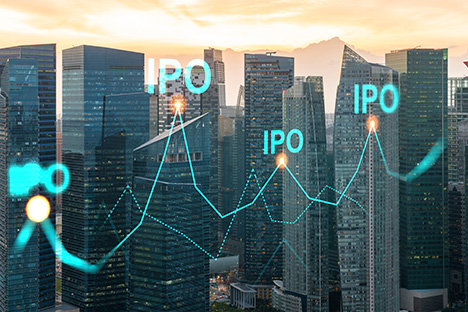Last weekend, my brother and I had a text conversation about how good our kids have it today and how rough it was when we were growing up.
It got more ridiculous as it went on, including gems like, “Back in our day, we didn’t have chairs, we sat on the ground – and loved it!”
It reminded me of what it was like when I started investing more than 30 years ago.
At the time, my broker was Waterhouse Securities, which was acquired by Ameritrade, which was bought by TD Bank. And then Schwab bought the brokerage business. To place a trade in the early ’90s, you had to pick up your home or office telephone, dial the number, and speak to a broker. It cost $49 for each transaction, so a round-trip trade cost nearly $100 in commissions.
If you wanted research, you had to call your broker and ask them to send it to you. If they had it, the research note was usually months old. Good luck finding any research on small cap stocks.
You checked stock quotes by calling the brokerage during the trading day or by looking them up in the newspaper the next morning.
It was a very different time.
Today, investors can obtain so much information just by the click of a mouse. And they have access to many more investment opportunities than we could have dreamed of 30 years ago.
There are exchange-traded funds (ETFs) for every investing style and theme. And now many investors can even get involved in pre-IPO opportunities. That used to be a playground only for the wealthy and connected.
We’ve all heard the stories of already rich investors who made huge profits by investing early in companies that eventually went public. Peter Thiel’s $500,000 investment in Facebook, now Meta Platforms (Nasdaq: META), famously turned into more than $1 billion after the company went public.
Until very recently, average nonaccredited investors were completely shut out of investing in pre-IPO opportunities. But over the past few years, the law has changed, giving retail investors the chance to get involved in these types of opportunities.
The risks are certainly higher when investing in a startup. But when these early investing opportunities succeed, the gains are astronomical…
According to the National Bureau of Economic Research, companies that either go public or get acquired before an IPO have an average return of 700%. Even factoring in the ones that don’t work out, the average return on venture capital investments is 57% per year.
Investors who want access to private companies with IPO potential now have lots of options. They can use crowdfunding platforms like Propel(x), which allows you to invest as little as $5,000, or EquityZen, which provides both direct investments and funds to invest in.
Wealthy Retirement‘s publisher, The Oxford Club, has two trusted friends that help Members diversify into pre-IPO startups.
Early Investing provides research and tips for selecting the right pre-IPO investments. You can check out its articles here.
The second is MDB Capital Holdings, an investment bank that invests in pre-IPO companies and takes them public. And MDB is going public itself, likely next month. Think of MBD as a venture capital ETF.
While we all pine for the good ol’ days – the music was so much better, wasn’t it? – I don’t when it comes to investing.
Today, it is so much cheaper (and often free), there is a wealth of information available and investors have opportunities they never dreamed of years ago.
